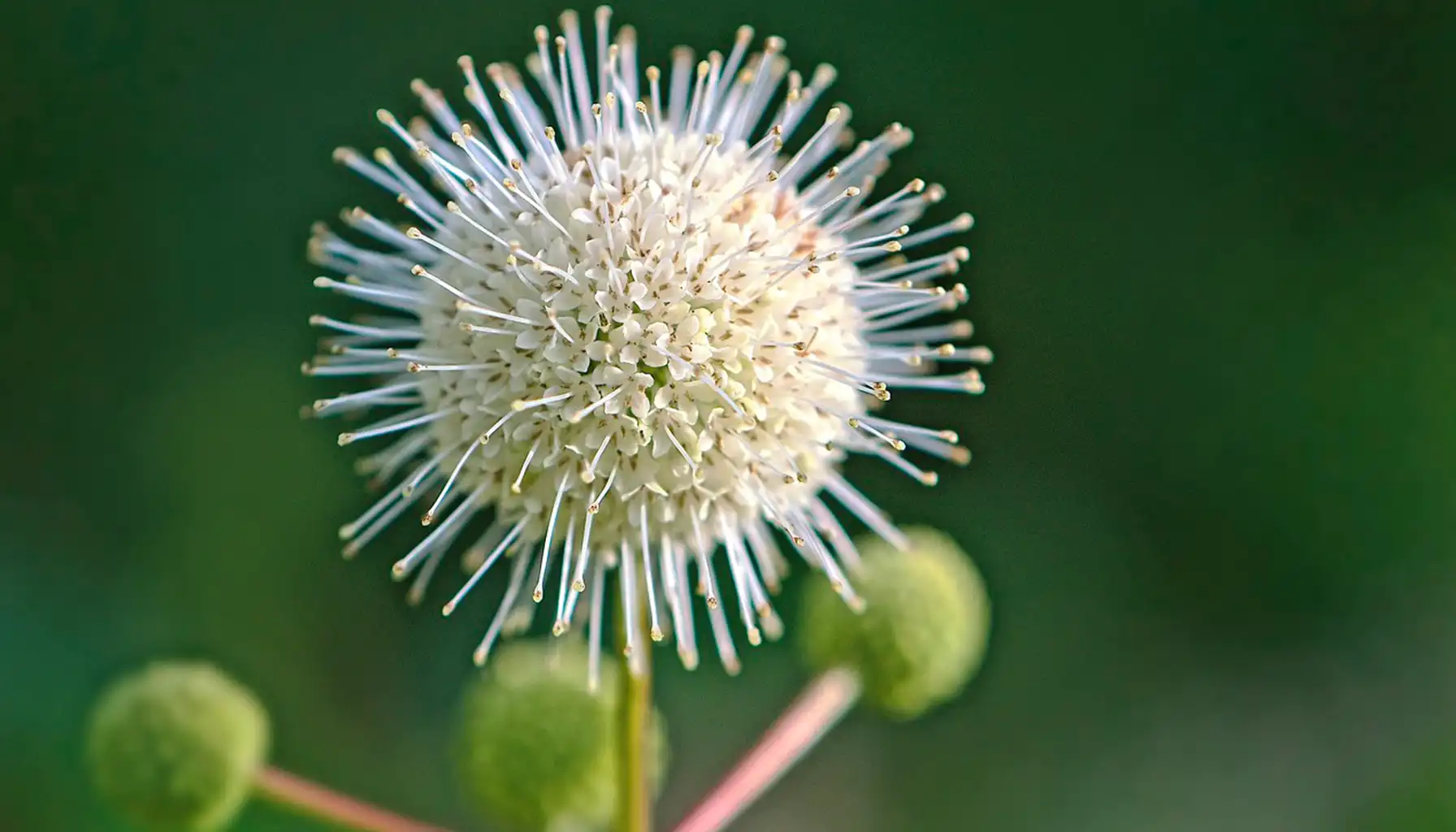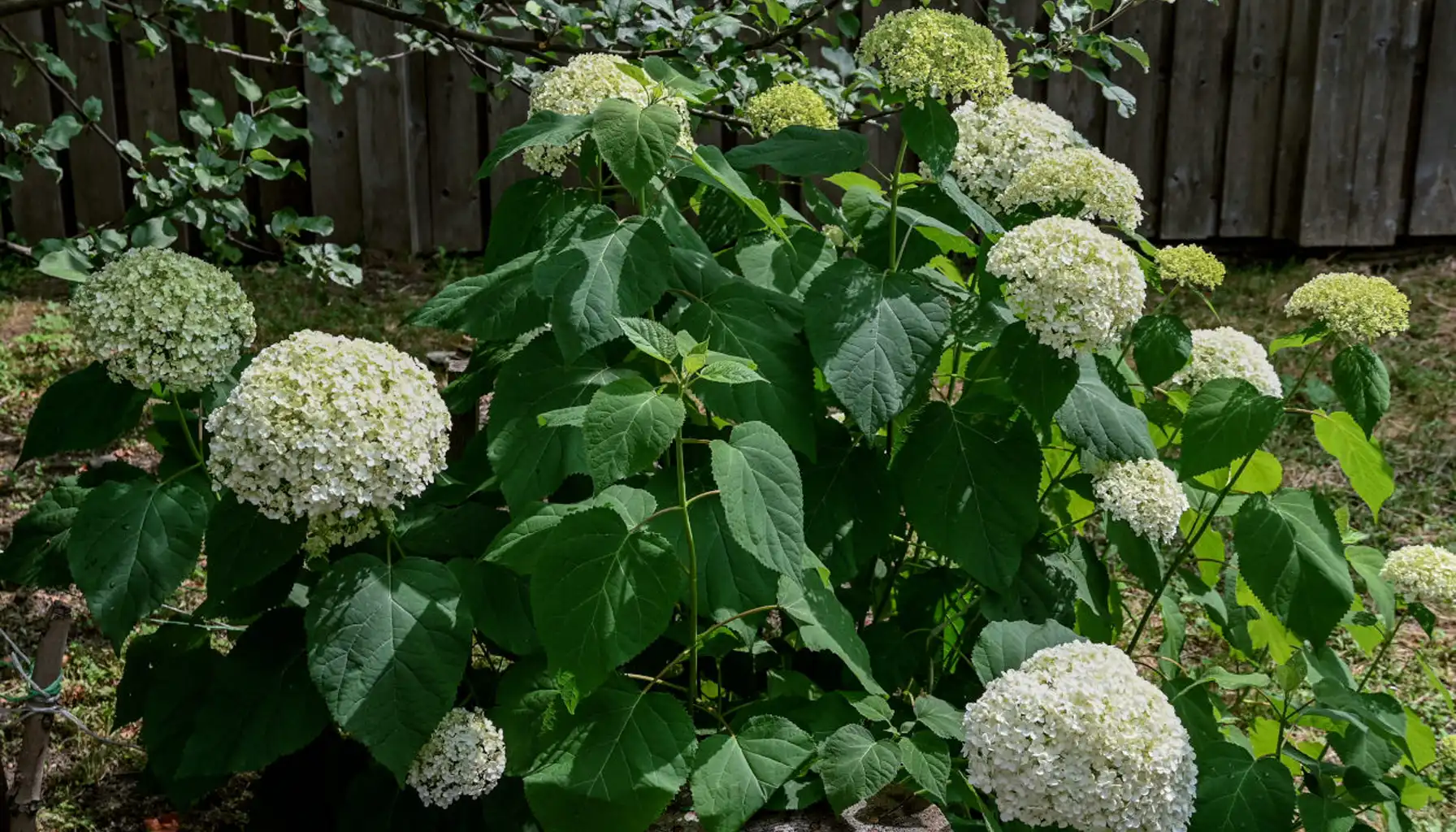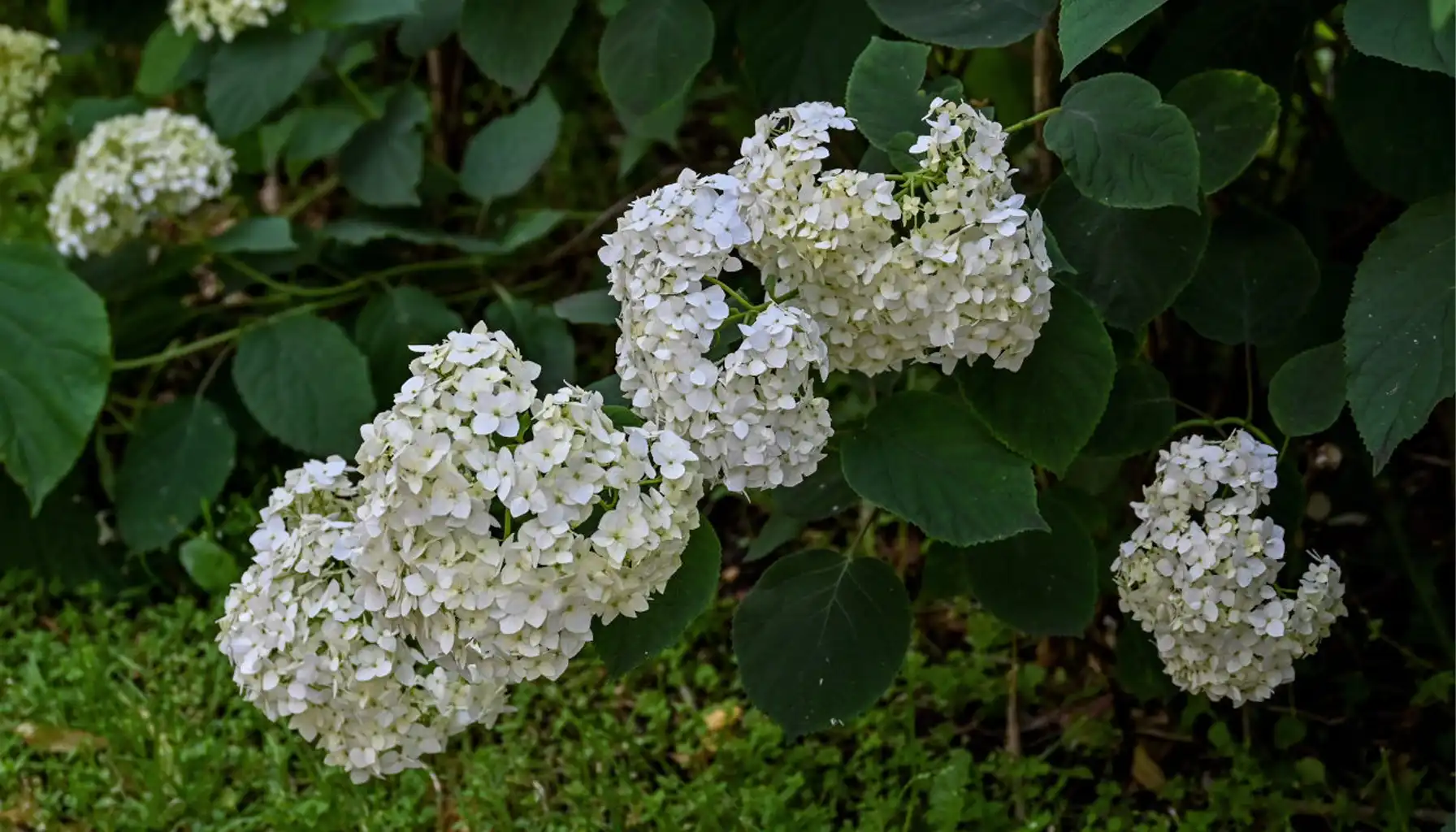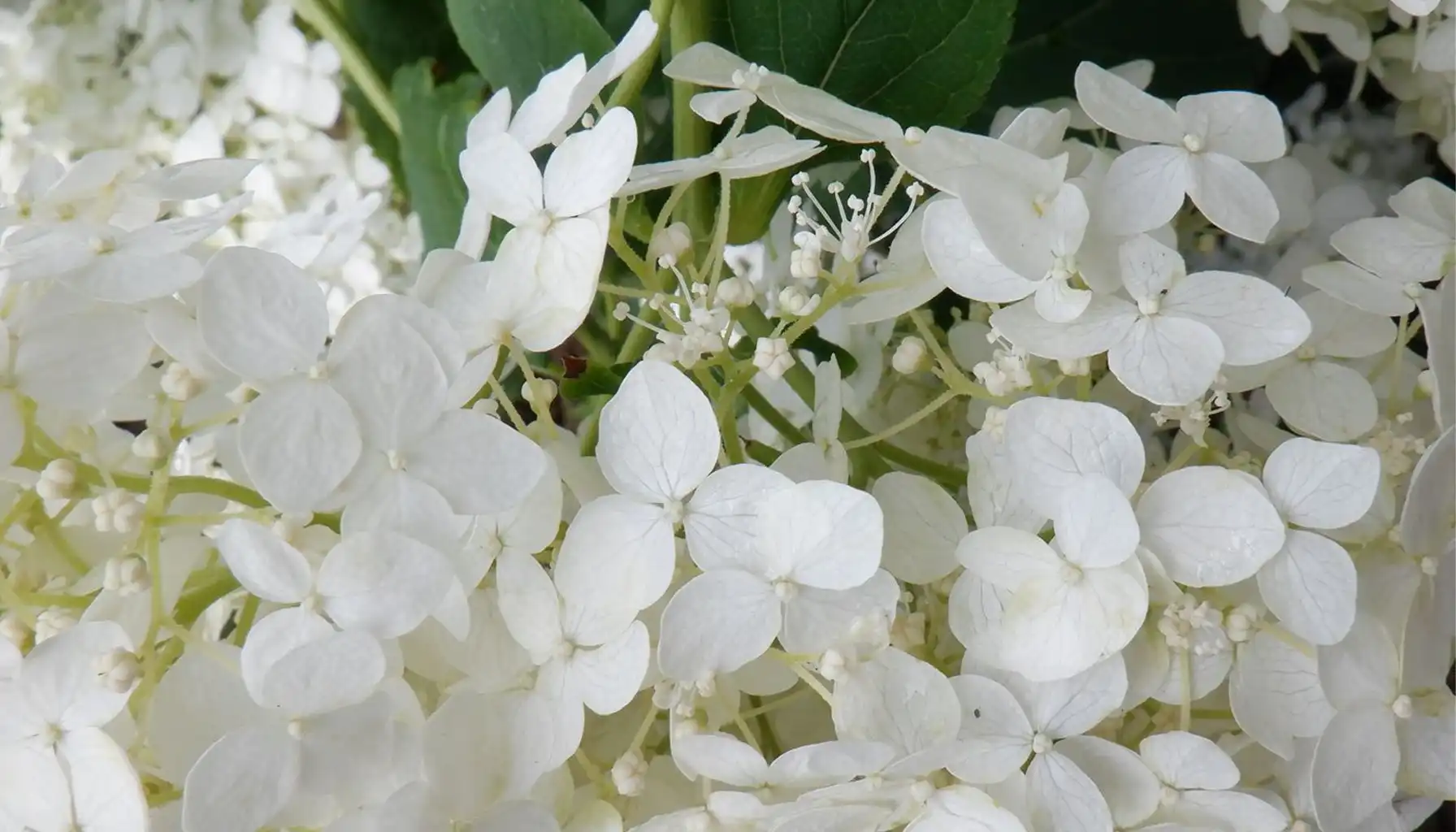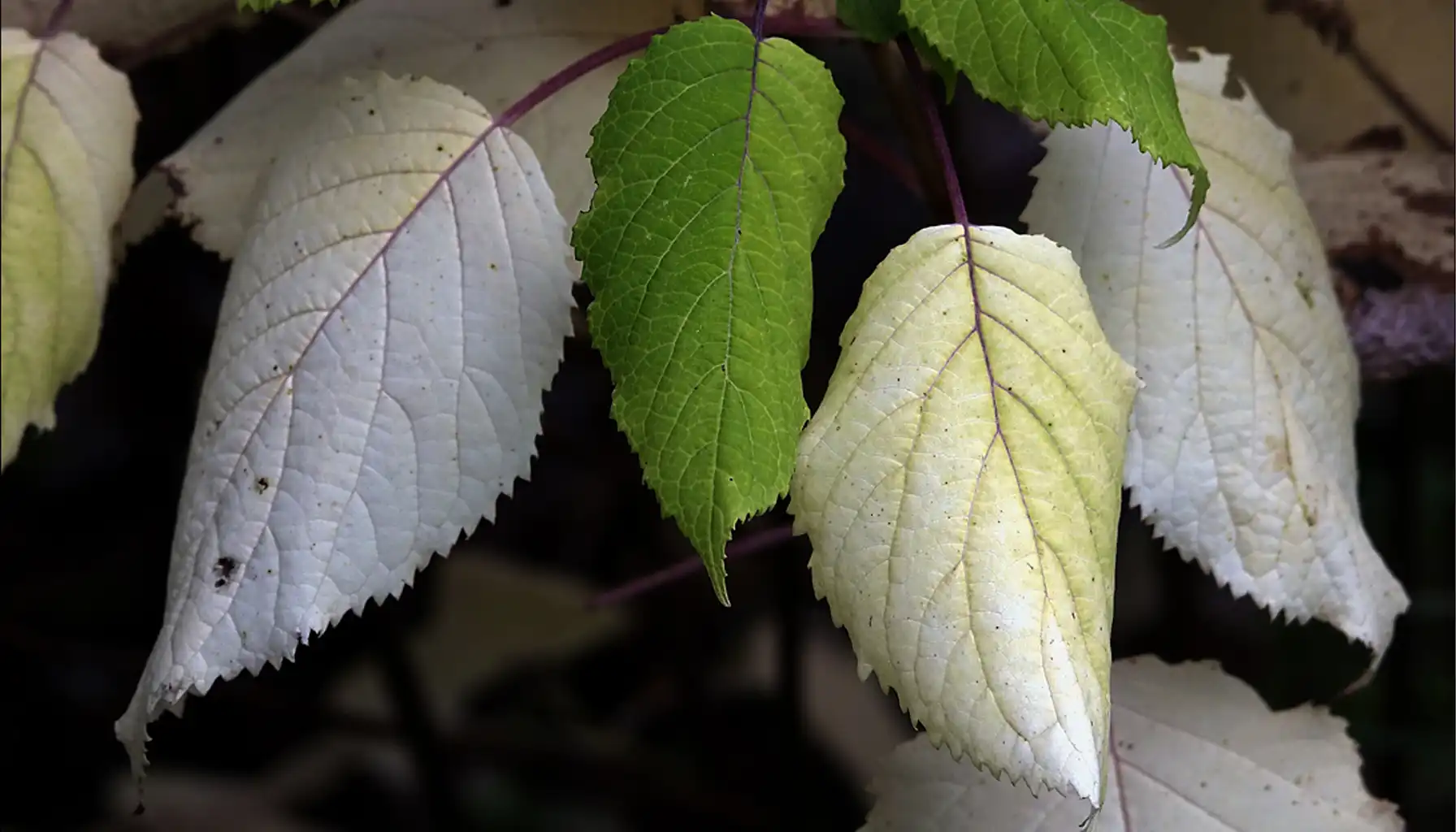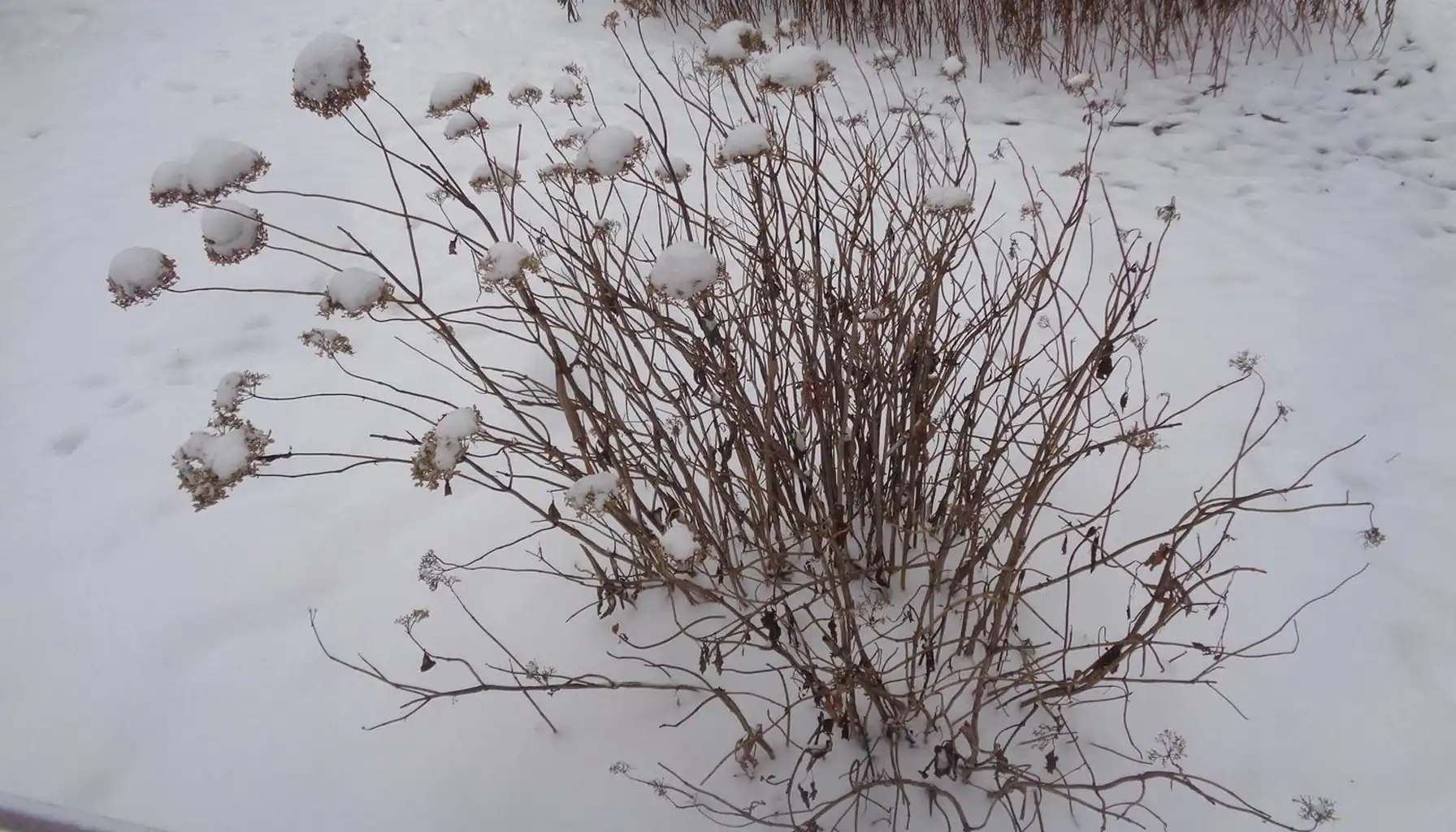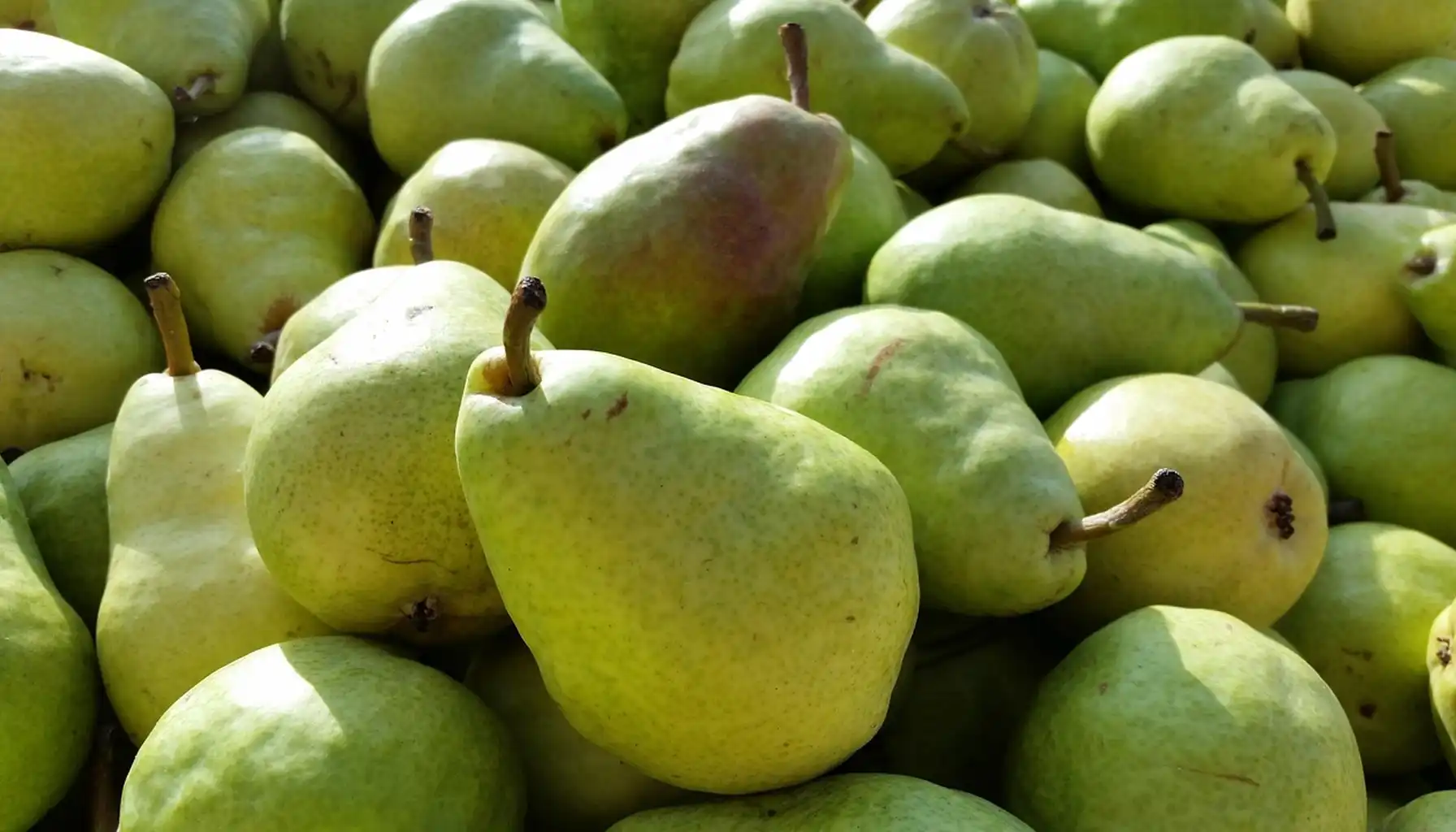The Hydrangea Annabelle is very strong against the cold winter weather and it can make many flowers every year, so this plant is a perfect choice for many places where the weather gets very cold.
And if you don't know whether to purchase seedlings of this plant or not, first study the features and find out how to identify this plant in general, especially if you have a plant identification.
How to Know the Plant and Its Special Features
Where It Comes From and How to Name It
The Hydrangea Arborescens Annabelle is part of the smooth hydrangea family, and its home is in North Americaю.
And its leaves are not as shiny as the leaves of some other hydrangeas, for example, the big-leaf hydrangeas, which means the leaves look a bit softer. Because of its special nature, Annabelle can fully recover and make all new flower buds on the young branches that grow in the spring.
Annabelle Hydrangea Bloom Time: so this gives us a very stable and full bloom that starts when the weather is warm, around July.
The Normal White Annabelle Hydrangea Look and Other Annabelle Kinds
The original Annabelle Snowball Hydrangea makes very big, very white, round flower heads that look like snowballs, and these flower heads, which are made of many sterile flowers, can grow to be very big, about -30 cm across, which is very impressive.
The basic white Hydrangea Annabelle color, which is the plant's special feature, stays the same during the whole summer, and it only gets a little green or cream color in the autumn, which is why this shrub is a very good plant to use anywhere in the garden.
But now, people have grown other beautiful types:
Pink Annabelle Hydrangea (hydrangea pink annabelle): These kinds, like 'Invincibelle Spirit' or 'Pink Annabelle', look very similar to the classic Annabelle, but their flowers are a bright pink or purple-pink color.
Dwarf Annabelle Hydrangea: These are small kinds, like 'Invincibelle Mini Mauvette', and they are perfect for growing in pots, or in small garden areas, or in the front of a flower bed.
How Big It Gets
The Annabelle hydrangea size is usually about 1.2 to 1.5 meters tall and also 1.2 to 1.5 meters wide, so it makes a thick, round Annabelle Hydrangea shrub that fills up a space very nicely.
As for the Annabelle Hydrangea hedge, when you plant the bushes close together, leaving about 1 to 1.2 meters between them, they quickly grow together and make a solid wall of white flowers.
Annabelle Hydrangea Problems: Comparing with Better and Other Types
The main and old problem with the first Annabelle was that its branches were weak, so the branches often bent down or broke because they could not hold the heavy, wet flowers, which led to the creation of new and better types of this plant.
Annabelle vs Incrediball Hydrangea: The Problem of Strong Branches
The Incrediball type ('Strong Annabelle') was made to fix the falling-down problem because its branches are much thicker, harder, and stronger, so they can hold the very big flowers even after a lot of rain or strong wind, which makes it the better choice for places that are open and windy.
But when we look at how to take care of them and how to cut them, the Hydrangea Incrediball vs Annabelle are very similar because they both make flowers on new growth that comes this year.
Annabelle vs Limelight Hydrangea: Different Kinds of Plants
Feature | 'Annabelle' (H. arborescens) | 'Limelight' (H. paniculata) |
Flower Shape | Round, like a snowball | Cone-shaped, like a pyramid |
Color | White and stays the same or Pink | Lime-green, then cream/pink |
Pruning | You should cut it very short to 30-45 cm to make it grow strong | You should cut it only a little bit to keep it tall and shaped nicely |
Plant Shape | Round bush, often wider than it is tall | More straight-up, often shaped like a small tree |
Annabelle Hydrangea Pruning: How to Make It Look Good
Because the Annabelle Smooth Hydrangea flowers grow on the branches that grow this year, cutting the plant does not make you lose flowers; instead, it helps the flowers get bigger and makes the branches stronger, and this helps a lot with the Annabelle Hydrangea problems of branches falling down.
When to Prune Annabelle Hydrangea
The best time is in the late winter or very early spring, and you must cut the plant before the plant starts to move its water and before the buds get big.
If you cut it too late, the plant may lose some energy that it wanted to use for new growth.
You should not cut it in the autumn because the old, woody branches help to keep the plant safe from the cold in Annabelle Hydrangea winter, and the dry flowers look nice in the garden in winter.
How to Prune Annabelle Hydrangea
Hard Cutting — for the biggest flowers: You must cut all the branches very short, to a height of 30-45 cm above the ground — you should leave only two strong buds.
This very short cut makes the bush use all its strength to grow only a few, but very strong and straight branches that can hold the weight of the biggest flowers.
Light Cutting — for keeping the plant taller: If you want the bush plants to be taller, you only cut off the top one-third of the branches from last year, and you must cut away all the branches that are dead, weak, or too thin, leaving only the strongest branches to hold the plant.
Cutting Old Plants: If your bush is very old and thick, every 3-5 years you can cut off one-third of the oldest, thickest, and most woody branches right near the ground.
Annabelle Hydrangea Care
What the Plant Needs in Soil, Water, and Light
Annabelle can grow in different soil types, but putting in compost every year makes the soil better and helps the plant take up food well.
If the plant does not get enough water, the leaves and flowers will quickly look weak. You should put a thick layer (5-7 cm) of mulch like wood chips around the plant because this helps the soil control stay wet and cool.
Light: The sun in the morning helps the plant make many flowers, and the shade in the afternoon keeps the leaves and flowers safe from the very hot sun, so this stops the leaves from burning, especially in hot places.
If the plant is in a very dark place, it may not make many flowers, and the branches will grow too long and thin.
Food and Fertilizer
Spring Food: You should give it a balanced fertilizer (like NPK 10-10-10) that releases the food slowly right after you cut the plant in the spring.
Summer Food: In the middle of the summer, you can give it more food that has a lot of phosphorus, and this helps the flowers stay beautiful for a longer time. You must not give it too much nitrogen in the late summer, because that will make too many weak leaves and make the plant less safe for the winter.
Tip: but to make it easier for you, just download the AI Plant Finder app - upload the picture and get personalized care recommendations like pest control.
Winter Time
Do not cut in autumn: You should leave the old branches on the plant until the spring.
Mulch: You should put a thick layer of mulch around the bottom of the plant, and this helps to keep the roots safe from the cold weather that changes from freezing to not freezing, which is very important for small annabelle hydrangea plants.
How to Make New Plants
The way to propagate Annabelle Hydrangea is easy, and it works well most of the time:
Cuttings: In the early summer, you should cut green branches that are a little bit woody, about 10-15 cm long, and these branches should have two or three sets of leaves.
You should take off the leaves at the bottom and put the cut end into rooting powder. Then, plant the cut branch into wet soil with peat and perlite and cover it with clear plastic to keep the air very wet.
Layering: You can bend a branch that is close to the ground, hold it down in a small hole, and cover it with soil, but you must leave the top of the branch sticking out.
After one year, when the branch has made roots, you can cut the new plant away from the old one.
Using Annabelle in the Garden
Annabelle Hydrangea Companion Plants
You can use ferns, astilbe with their feathery flowers, goatsbeard, or foxglove.
Color Difference: You should plant other plants with blue or purple flowers in front of Annabelle for example, hostas with blue leaves, bugloss 'Jack Frost' or bellflowers because the white color of the Annabelle flowers will look much brighter next to these dark colors.
Plants for Structure: Hostas with big, pretty leaves or small pine trees like dwarf arborvitae give the garden a good shape in the winter and make a dark-green color next to the white flowers in the summer.
Annabelle Hydrangea for Sale
When you buy a plant, you should always ask which type you are buying: the original or the better type that is stronger and does not fall down easily, like 'Incrediball'.
You must always choose a plant that looks strong and healthy with thick leaves and no signs of insects or sickness.
Related AI Plant Finder Posts
